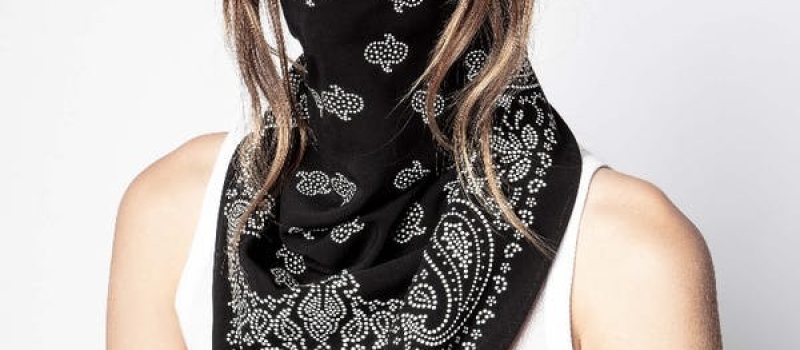Cloth Masks and Such
Thursday, March 17, 2022 Murray Tate

Cloth masks and such
Cloth masks, surgical or procedure masks, and other designs are available for personal protection. But their efficiency is generally much less than that of a proper N95 mask or the best of the barrier face coverings described in my previous article. The results of several studies on the Fitted Filter Efficiency (FFE) on various masks were summarized by the EPA in a report released in April 2021 (https://www.epa.gov/sciencematters/epa-researchers-test-effectiveness-face-masks-disinfection-methods-against-covid-19). Fitted Filter Efficiency is the filtration efficiency as measured on a person wearing the mask. The particular method used 0.05-micron particulates, not the 0.3-micron particle size use for the N95 and Barrier Face Coverings. The smaller size was chosen as it is just about the size of the SARS-CoV-2 virus. However, this does not allow direct comparison of these results with the masks described in the previous two articles. The results for this test are listed below.
|
face mask type |
details |
%FFE |
|
2-layer nylon mask with ear loops |
|
|
|
|
without aluminum nose bridge |
45 |
|
|
with aluminum nose bridge |
56 |
|
|
with aluminum nose bridge and filter insert |
74 |
|
cotton bandana |
|
|
|
|
folded surgeon style |
50 |
|
|
folded "bandit" style |
49 |
|
single layer polyester gaiter |
38 |
|
|
single layer polyester/nylon mask with ties |
39 |
|
|
polypropylene mask with fixed ear loops |
29 |
|
|
3-layer cotton mask with ear loops |
26 |
|
|
surgical mask with ties |
72 |
|
|
procedure mask with ear loops |
|
|
|
|
worn as is |
38 |
|
|
loops tied and corners tucked in |
60 |
|
|
with behind the head ear guard |
62 |
|
|
with 3 rubber bands chained to increase hold to face |
78 |
|
|
nylon hosiery sleeve |
80 |
These results are interesting not only as a comparison of mask types but also show the major differences that can be achieved by modifying the face mask for a better fit. Some of the modifications are easy, such as adding an ear guard. Others, such as rubber bands on my face or a nylon hosiery sleeve over a mask, would be rather uncomfortable to wear. Another thing to keep in mind is this round of testing may not be representative of all masks fitting the above descriptions. They are only accurate for the specific masks tested. EPA did note they intend to further this study.
For the workplace, the N95 respirator is the best choice. For those with high exposure risk or personal high health risks, the N95 is also the best choice. The barrier face coverings meeting ASTM F3502-21 offer better choices for us outside of the workplace. But for the majority of us, while not at work, N95s are relatively costly and generate a lot of trash as they are designed to be disposed of after a relatively short use time. Some of the barrier face coverings listed by NIOSH approach N95s for protection during this pandemic. Some of those are washable and reusable. A nylon mask with a filter insert and nose bridge, as referenced in this article, may provide enough protection for excursions outside of the home. The filter insert is disposable but the mask is washable. I personally have been using a nylon mask with a filter insert when I am in areas that require masking and do not feel like I was unduly adding to my risk of contracting COVID. But with the advent of barrier face coverings meeting NIOSH Workplace Performance Plus criteria as described in my last article, I am awaiting my first delivery of a mask I chose from the NIOSH website listing the various masks that have been tested. But I will add an ear band to it!




